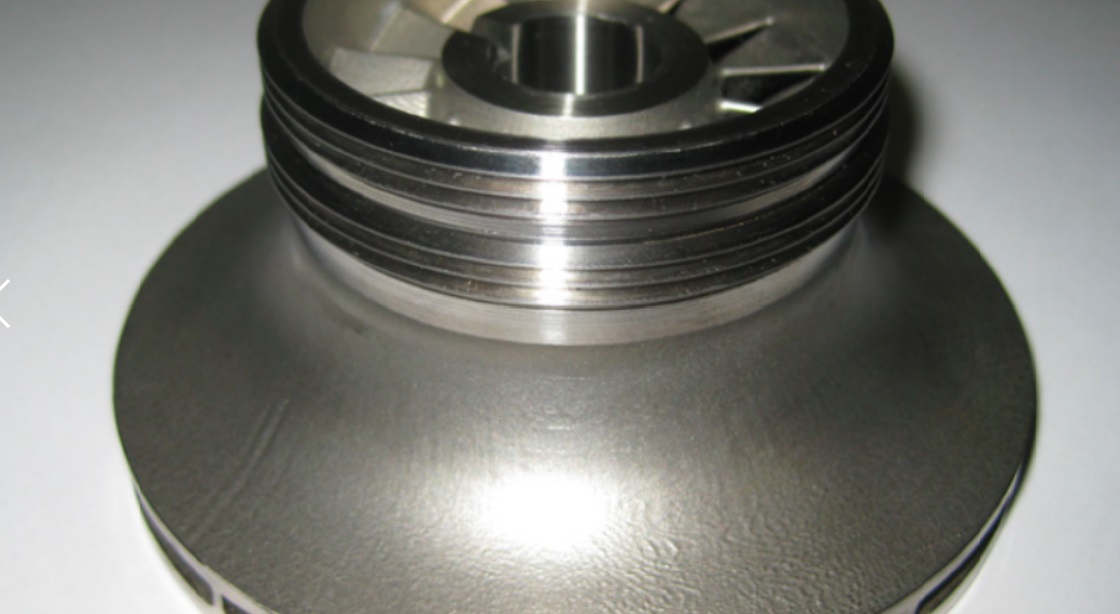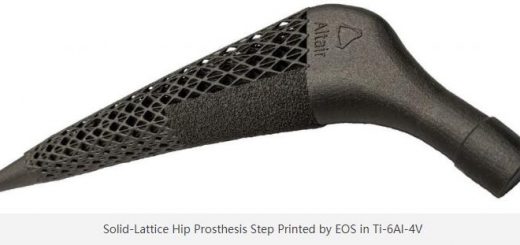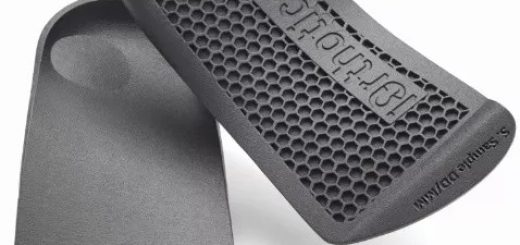PostProcess Helps Ingersoll Rand Achieve Consistent 3D Printed Metal Parts
PostProcess Technologies, a New York-based specialist in automated intelligent post processing for additive manufacturing, recently showcased its capacity to deliver high quality surface finish standards and high accuracy for complex metal parts. Working in collaboration with industrial manufacturing company Ingersoll Rand, PostProcess utilized its Hybrid DECI Duo solution to successfully finish titanium and nickel alloy shrouded impellers.
Prior to using PostProcess’ AM finishing solution, Ingersoll Rand struggled to post-process 3D printed parts while staying within its tight tolerance requirements. As PostProcess explains in its case study, the industrial manufacturer relied on a range of traditional post-processing techniques to finish its 3D printed metal parts, though they continually fell short during aerodynamic testing and surface finishes were not as optimized as could be for aerodynamic performance.

Shrouded impellers specifically are challenging to manufacture as they have extremely tight tolerances. Think about it, if you have impellers rotating at about 60,000 RPM, the design and product has to be impeccable both in terms of tolerances and surface finish in order to meet the necessary aerodynamic properties. It can reportedly take several months to produce a shrouded impeller that meets requirements using traditional manufacturing methods.
Since implementing PostProcess Technologies’ automated Hybrid DECI Duo solution, which combines support removal and surface finishing into a single machine, Ingersoll says it has consistently achieved roughness average (Ra) results for its 3D printed shrouded impellers.
“We have chosen the DECI Duo because of its repeatability, minimal setup, processing times, and cost of ownership,” said Ioannis Hatziprokopiou, a mechanical engineer in Ingersoll Rand’s New Product Development division. “Photochemical machining, extrude honing, and micro polishing or micro machining all yield very good results when applied correctly, however extensive tooling and equipment costs, setup times, and required DOE’s prior to applying the surface finishing method to obtain a repeatable process have made the DECI Duo a better option.”

“In addition, some of aforementioned finishing techniques unevenly remove material inside the flow path of the impeller, whereas the DECI Duo uniformly treats the entire surface of the flow path,” added Hatziprokopiou. “The final geometry of the flow path must remain as unaltered as possible after post-processing of any kind.”
The shrouded impellers 3D printed by Ingersoll and post-processed using the Hybrid DECI Duo system reportedly passed aerodynamic testing with “flying colours” and demonstrated an average of 70 to 80% Ra reduction for parts run for 20 minutes or less. The industrial manufacturer has been pleased with the results achieved thanks to PostProcess and it says that in addition to achieving its desired quality and consistency, the post-processing system has also enabled cost savings and easier operation.
Source:3D Printing Media Network




Recent Comments